Orange Grisette
This Amanita rarely seems to have remains of the veil stuck to the cap and the colour intensity varies greatly and can be from bright orange to pale yellow.
| Mushroom Type | |
| Common Names | Orange Grisette, Saffron Ringless Amanita, Amanita Benfelen (CY), Muchomor Żółtawy (PL), Narancsszínű Selyemgomba (HU) |
| Scientific Name | Amanita crocea |
| Season Start | Jul |
| Season End | Oct |
| Average Mushroom height (CM) | 8-14 |
| Average Cap width (CM) | 8-12 |
Cap
8-12 cm. Starting egg shaped and then opening out to almost flat with a slightly darker umbo and radial striations at the edge of the cap. The colour can vary quite a bit but is usually yellow to orange.
Volva
Has a very obvious thick, long and white volval sack that can often be hidden under the surrounding vegetation or earth.
Possible Confusion
The Tawny Grisette (Amanita fulva), pictured, can look similar as the A. crocea can vary quite a lot in colour but the Tawny Grisette has a plain, smooth stem unlike the zig zag patterns on the Orange Grisette.
Spore Print
White, subglobose.
Taste / Smell
Fairly sweet and mushroomy.
Frequency
Fairly common.



 (62 votes, average: 3.68 out of 5)
(62 votes, average: 3.68 out of 5)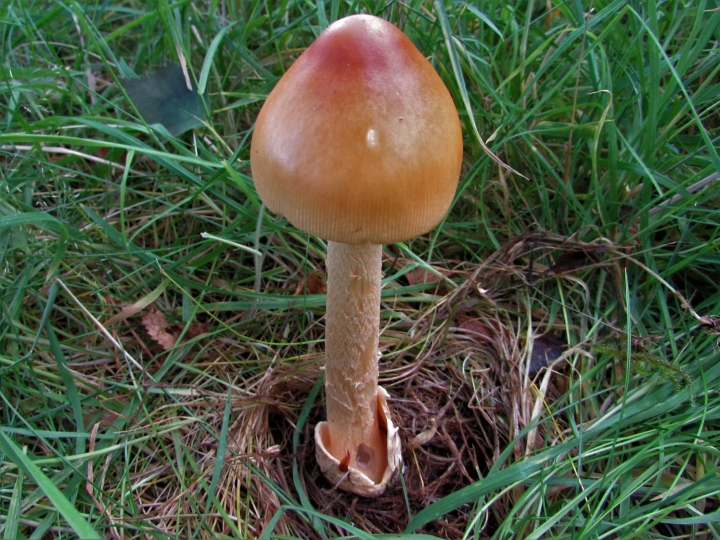















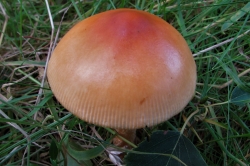
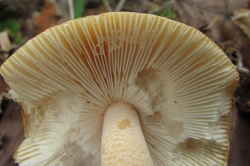
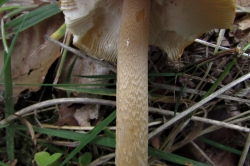
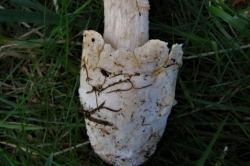
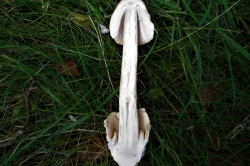
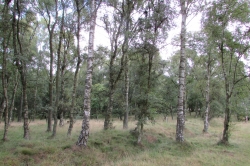
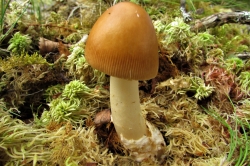




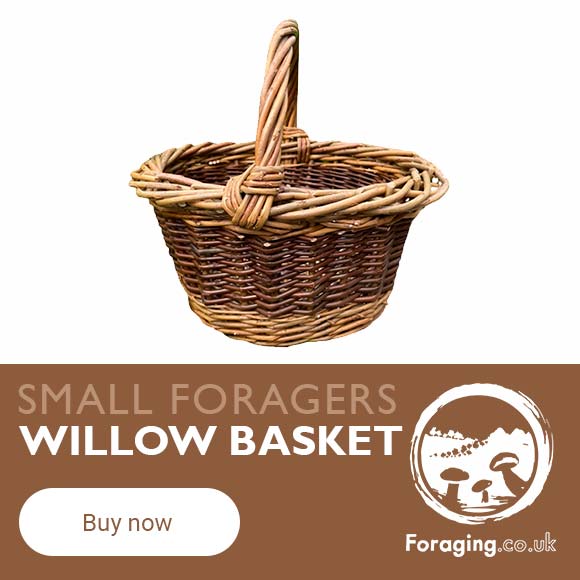

3 comments for Orange Grisette
Noticed some of these being enjoyed by squirrels in our local cemetery today (5th. October)
I wondered how wild animals know what is ok to eat whereas we have to be so very careful and follow published guidance.
Hope the squirrels don’t have tummy ache tonight!!
I do wonder if it is just a strong instinct honed by millennia of natural selection. Maybe some animals have smell receptors for the toxic compounds too. It is an instinct us humans apparently haven’t evolved!
I was lucky enough to see these growing under the weeping birch in our garden where I grew up. They always had nibbles on them under that tree.
Nibbled fungi do not really indicate whether they are a poisonous variety or not. The unfortunate mouse/squirrel/deer/etc might well have wandered off afterwards to die in the surrounding woods leaving you to think: ‘it’s been eaten so it must be safe’. I have seen nibble marks in Yellow Stainers but would not advise anyone to continue to eat the rest of the thing (yes, a bit of one got into a stew of mine last year and put me out of normal function for a couple of days). Stay sensible and get stuck into what you can reliably identify. I have enjoyed eating several varieties in the last week or so but have binned a few good-looking mushrooms of indefinite identity.